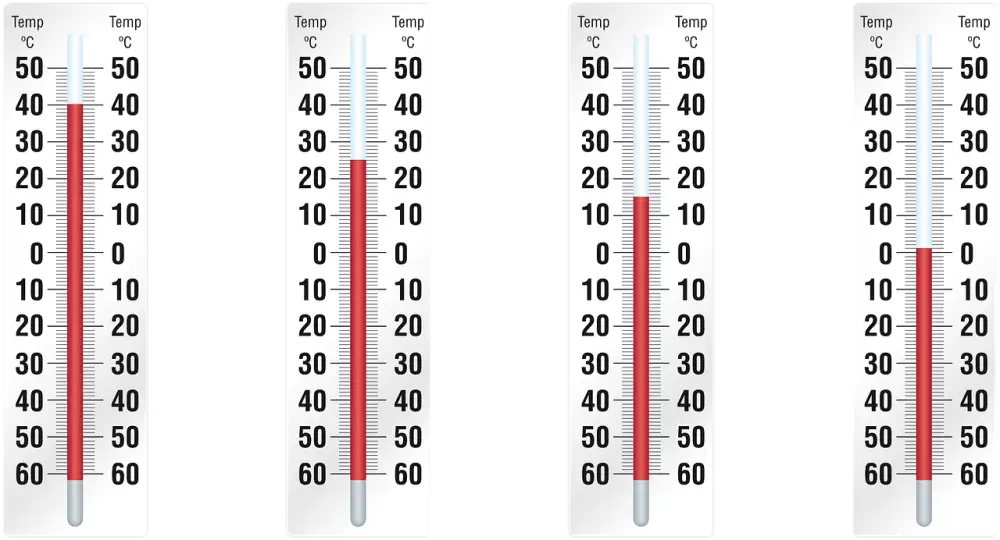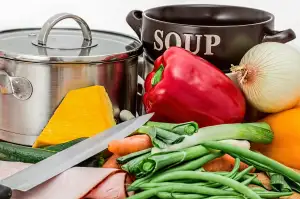Mastering the Perfect Internal Temp for Meatloaf: A Guide to Cooking with Love

- Why internal temperature matters: Ensuring food safety and doneness
- Recommended internal temperature for meatloaf: Guidelines for different types of meatloaf
- Using a meat thermometer: How to accurately measure the internal temperature
- Factors affecting cooking time: Adjusting for variations in oven temperature and meat thickness
- Resting period: Allowing the meatloaf to rest before slicing for optimal results
- Checking for doneness without a thermometer: Alternative methods to determine if meatloaf is cooked
When it comes to cooking meatloaf, achieving the perfect internal temperature is crucial. It not only ensures that your dish is safe to eat but also guarantees that it is cooked to perfection. By understanding the significance of internal temperature, you can elevate your meatloaf game and create dishes that are both delicious and safe for consumption. In this guide, we will delve into the reasons why internal temperature matters, provide recommended guidelines for different types of meatloaf, and explore various methods to accurately measure and monitor the internal temperature. So let's dive in and master the art of cooking with love through precise control of internal temperature!
Why internal temperature matters: Ensuring food safety and doneness
Internal temperature is a crucial factor in meatloaf cooking as it ensures both food safety and doneness. By reaching the appropriate internal temperature, harmful bacteria are killed, reducing the risk of foodborne illnesses. Additionally, cooking to the correct internal temperature ensures that the meatloaf is cooked through, eliminating any raw or undercooked portions. This not only enhances the flavor and texture but also guarantees a safe and enjoyable dining experience for everyone.
Recommended internal temperature for meatloaf: Guidelines for different types of meatloaf
When it comes to cooking meatloaf, achieving the perfect internal temperature is crucial for both safety and taste. Different types of meatloaf require different internal temperatures to ensure they are cooked through while remaining juicy and flavorful.
For traditional beef or pork meatloaf, the recommended internal temperature is 160°F (71°C). This ensures that any potential bacteria or parasites present in the meat are killed off, making it safe to consume. At this temperature, the meatloaf will be fully cooked and no longer pink in the center.
If you're making a turkey or chicken meatloaf, however, it's important to cook it to a slightly higher internal temperature of 165°F (74°C). Poultry can harbor harmful bacteria such as salmonella, so cooking it thoroughly is essential for food safety.
For those who prefer their meatloaf on the medium-rare side, such as with lamb or veal, an internal temperature of 145°F (63°C) is recommended. This will result in a slightly pink center while still ensuring that any potential pathogens are eliminated.
By following these guidelines for different types of meatloaf, you can ensure that your dish is not only delicious but also safe to eat. Remember to always use a reliable meat thermometer to accurately measure the internal temperature and avoid overcooking or undercooking your beloved meatloaf.
Using a meat thermometer: How to accurately measure the internal temperature
Using a meat thermometer is the most accurate way to measure the internal temperature of your meatloaf. Here's how to do it:
1. Insert the thermometer probe into the thickest part of the meatloaf, avoiding any bones or fat.
2. Make sure the probe is inserted deep enough to reach the center of the meatloaf.
3. Wait for a few seconds until the thermometer gives you a reading.
4. Take note of the temperature and compare it to the recommended internal temperature for your type of meatloaf.
Remember to clean your thermometer after each use to prevent cross-contamination. By using a meat thermometer, you can ensure that your meatloaf is cooked perfectly every time, with no guesswork involved.
Factors affecting cooking time: Adjusting for variations in oven temperature and meat thickness
The cooking time of meatloaf can be influenced by several factors, including the temperature of your oven and the thickness of the meat. It's important to take these factors into consideration to ensure that your meatloaf is cooked to perfection.
Firstly, oven temperature can vary from one appliance to another. To account for this, it's a good idea to invest in an oven thermometer to accurately gauge the temperature inside your oven. This will help you adjust the cooking time accordingly.
Secondly, the thickness of your meatloaf will also impact the cooking time. Thicker meatloaves will take longer to cook through compared to thinner ones. If you have a particularly thick meatloaf, you may need to increase the cooking time or lower the oven temperature slightly to prevent burning on the outside while ensuring it is fully cooked on the inside.
Remember, it's always better to err on the side of caution and cook your meatloaf for longer if unsure about its doneness. You can use a meat thermometer inserted into the center of the loaf to check for an internal temperature of at least 160°F (71°C) for ground beef or pork, and 165°F (74°C) for ground poultry.
By considering these factors and making necessary adjustments, you can ensure that your meatloaf cooks evenly and reaches a safe internal temperature while maintaining its delicious flavor and texture.
Resting period: Allowing the meatloaf to rest before slicing for optimal results
Resting period is a crucial step in the meatloaf cooking process. After removing the meatloaf from the oven, it is important to let it rest for about 10-15 minutes before slicing. This resting period allows the juices to redistribute throughout the meat, resulting in a more flavorful and moist meatloaf. Slicing too soon can cause the juices to run out, leaving you with a dry and less enjoyable dish. So, resist the temptation to dig in right away and give your meatloaf the time it needs to rest for optimal results.
Checking for doneness without a thermometer: Alternative methods to determine if meatloaf is cooked
While using a meat thermometer is the most accurate way to check the internal temperature of your meatloaf, there are alternative methods you can use if you don't have one on hand. One method is to insert a skewer or toothpick into the center of the meatloaf and then remove it. If it comes out clean with no traces of raw meat or juices, it is likely cooked through. Another method is to gently press down on the top of the meatloaf with a fork or spatula. If it feels firm and springs back slightly, it is probably done. However, keep in mind that these methods may not be as precise as using a thermometer, so proceed with caution and ensure that the meatloaf is fully cooked before serving.
In conclusion, mastering the perfect internal temperature for meatloaf is essential to ensure that it is cooked to perfection every time. By understanding the importance of internal temperature, we can guarantee both food safety and doneness. Following the recommended guidelines for different types of meatloaf and using a meat thermometer accurately will help us achieve the desired results. Adjusting for variations in oven temperature and meat thickness, allowing the meatloaf to rest before slicing, and checking for doneness without a thermometer are all additional steps we can take to ensure our meatloaf is cooked perfectly. So let's cook with love and monitor that internal temperature for delicious results!
Published: 08. 12. 2023
Category: Food



